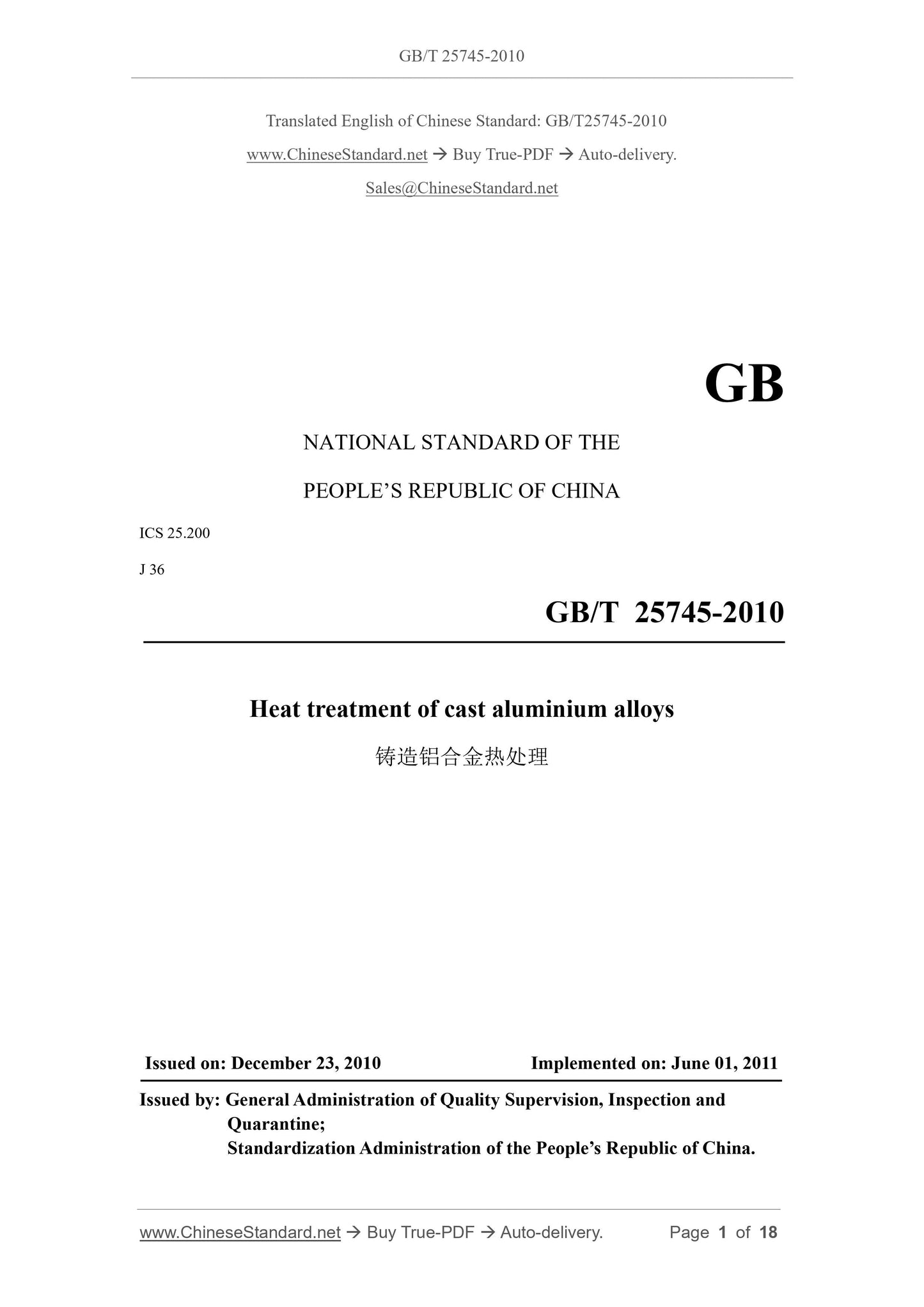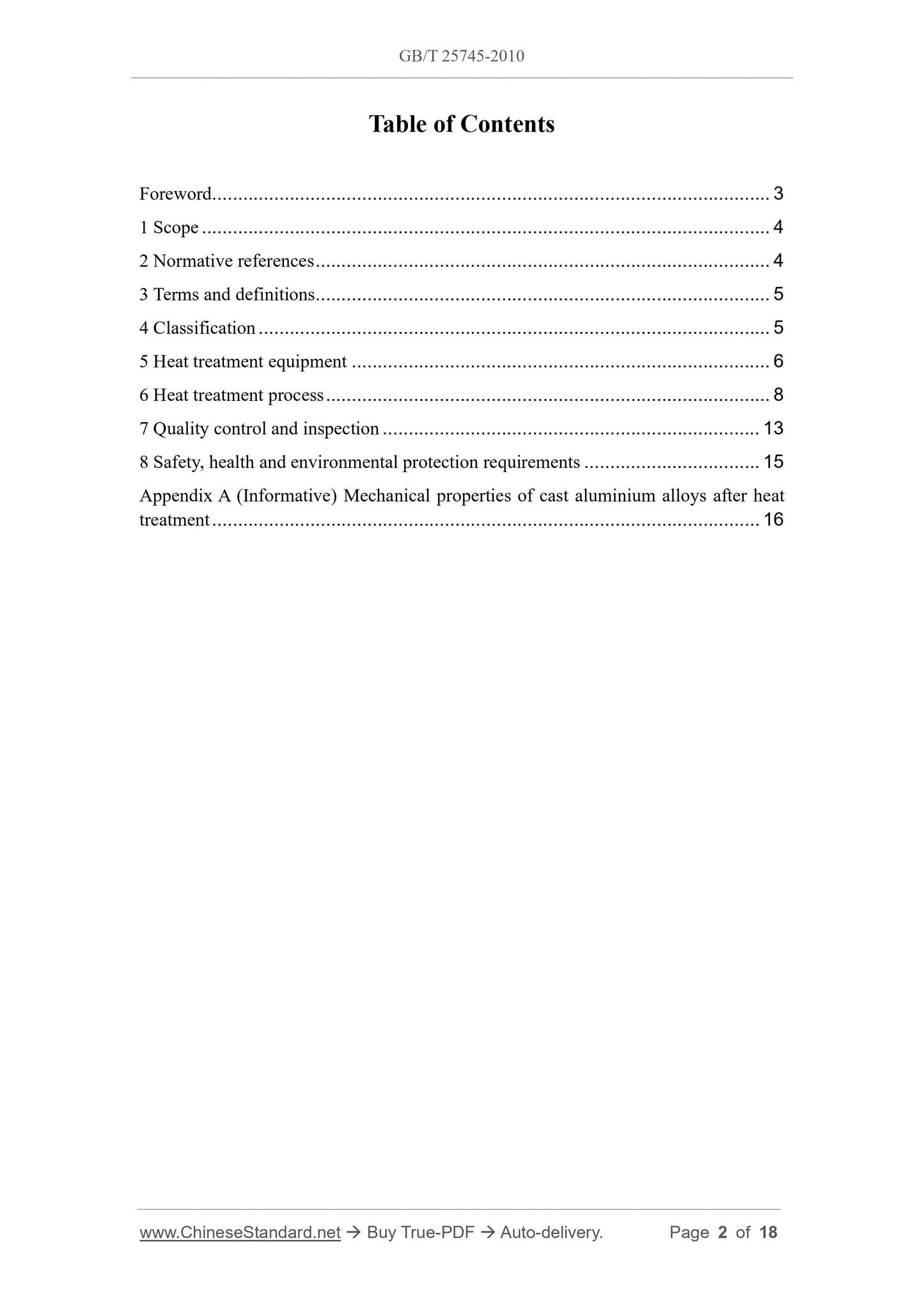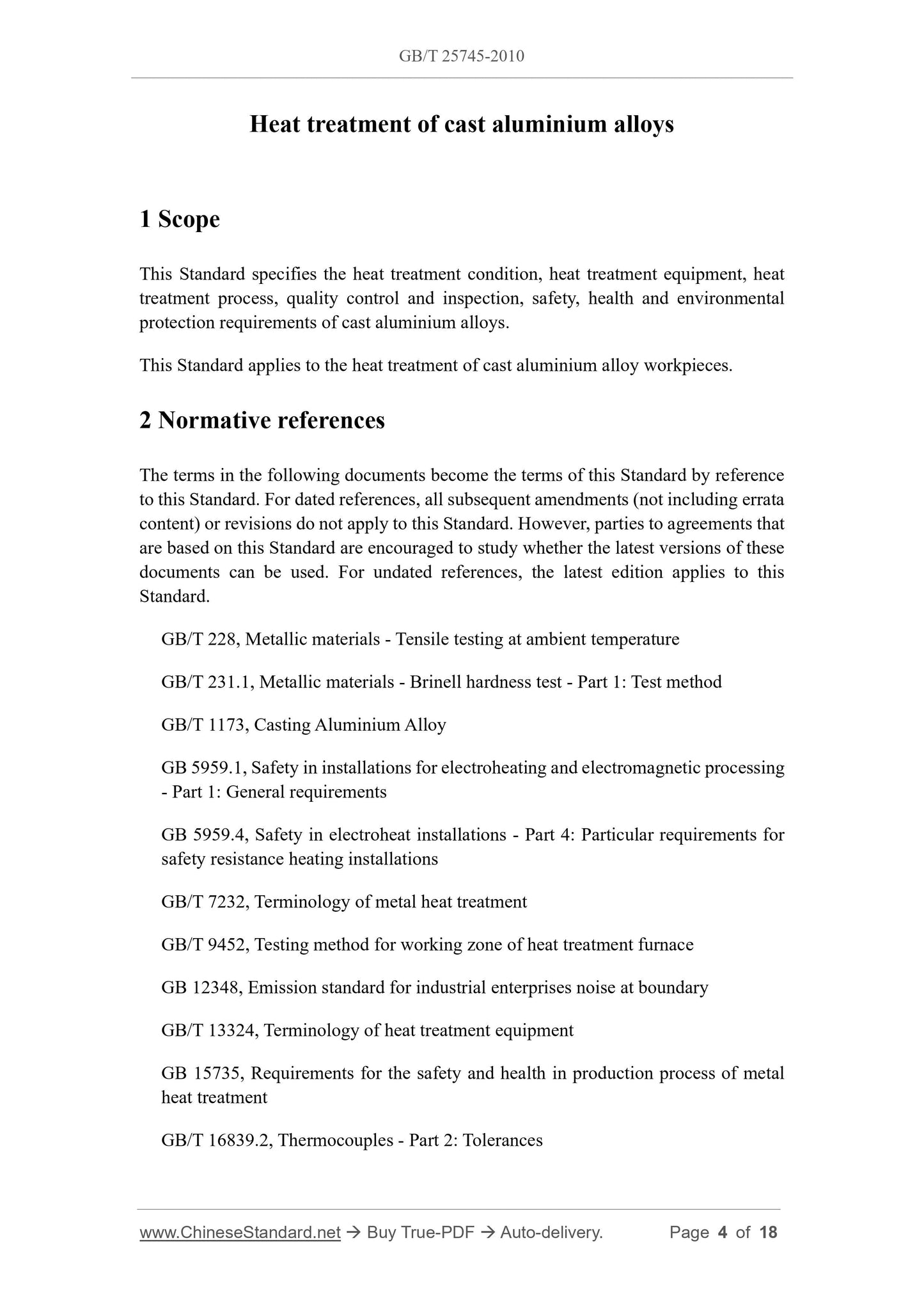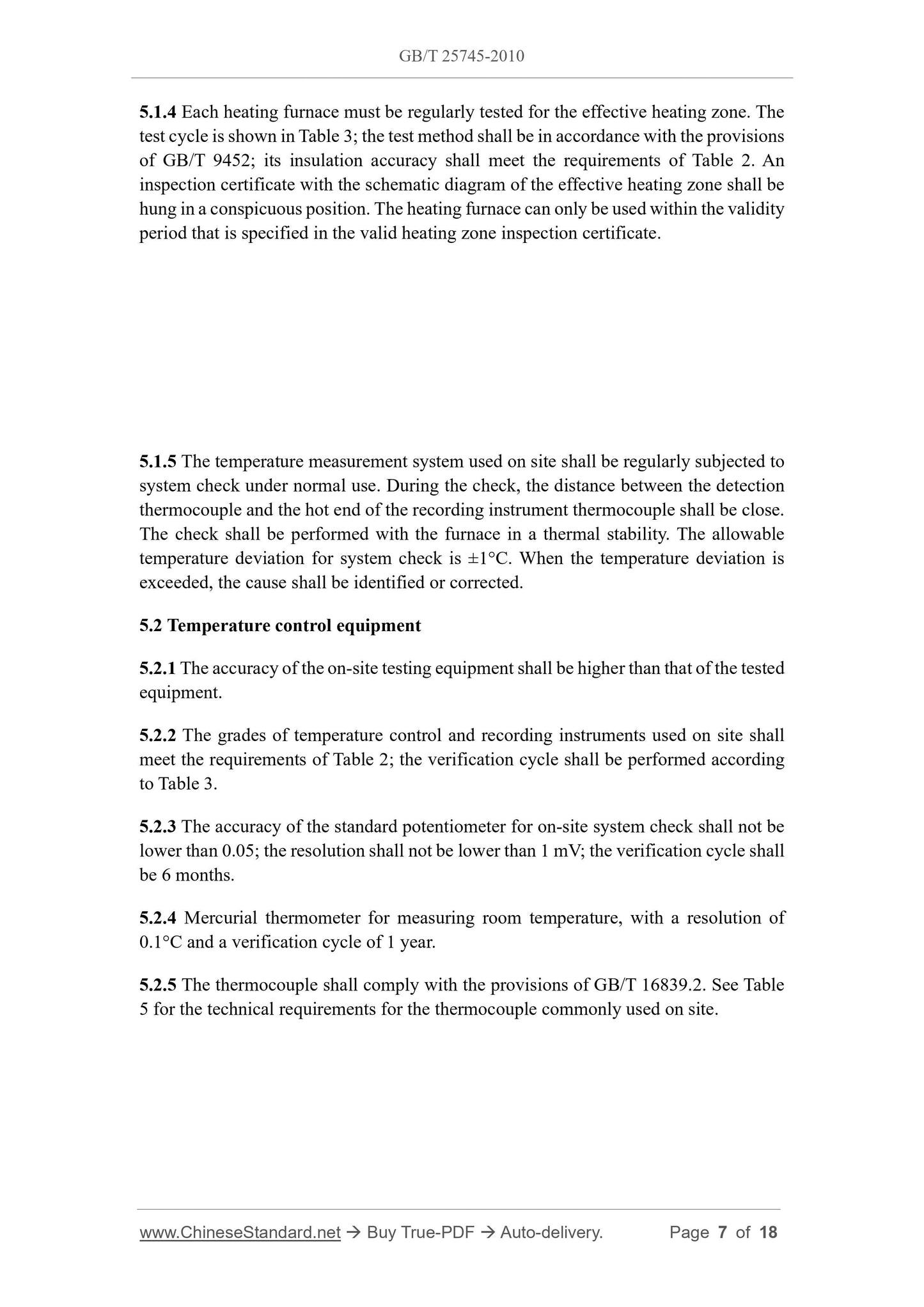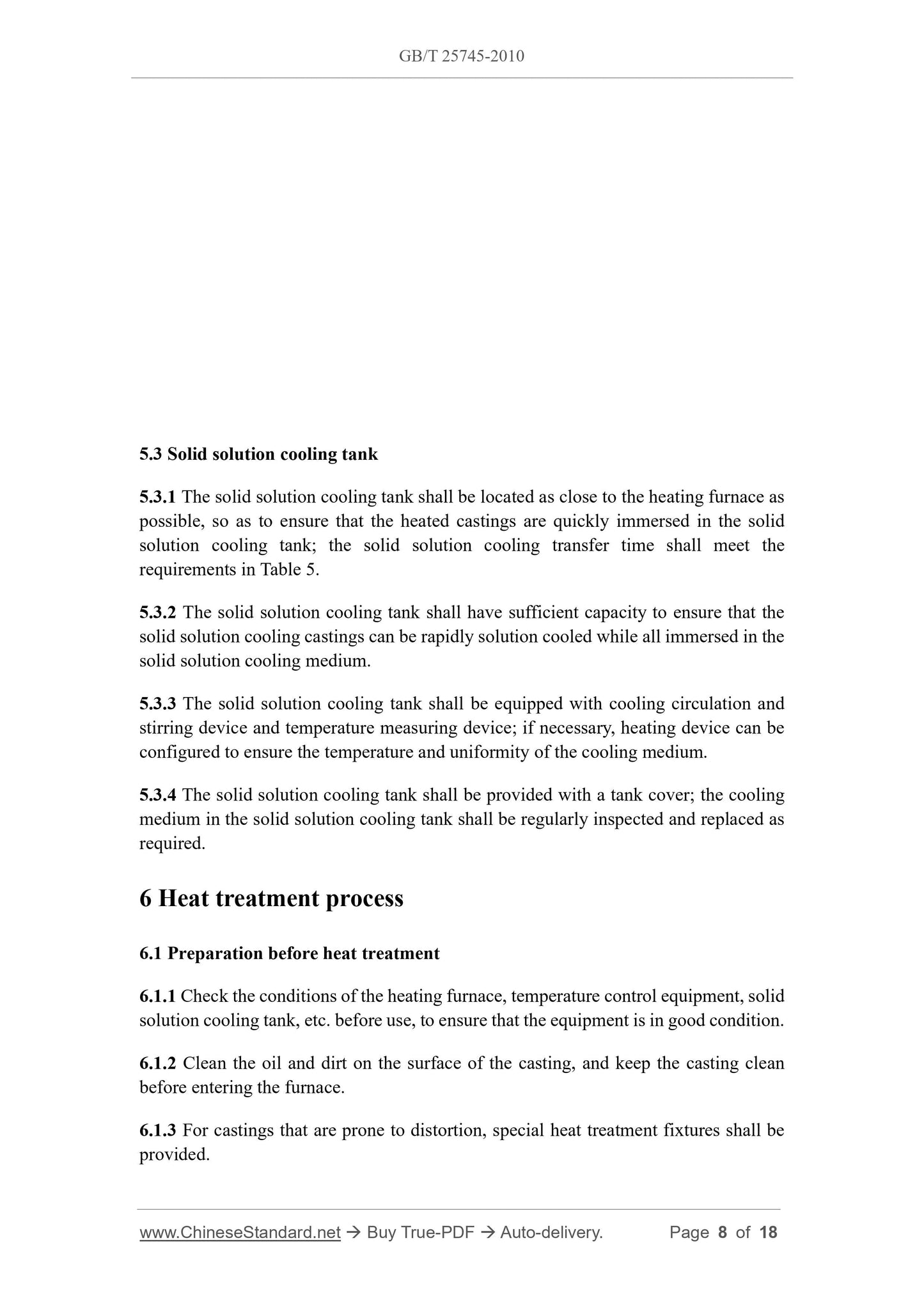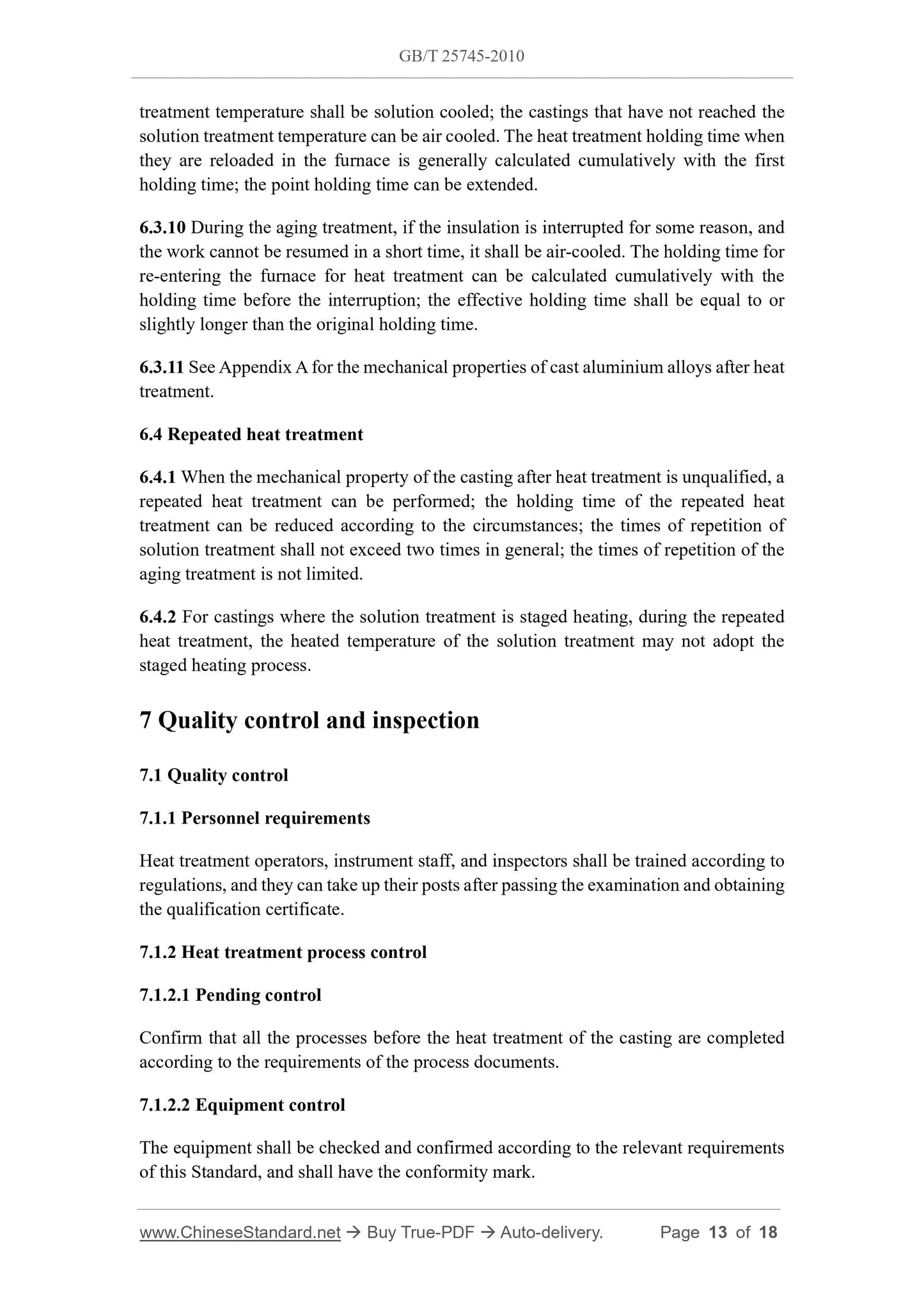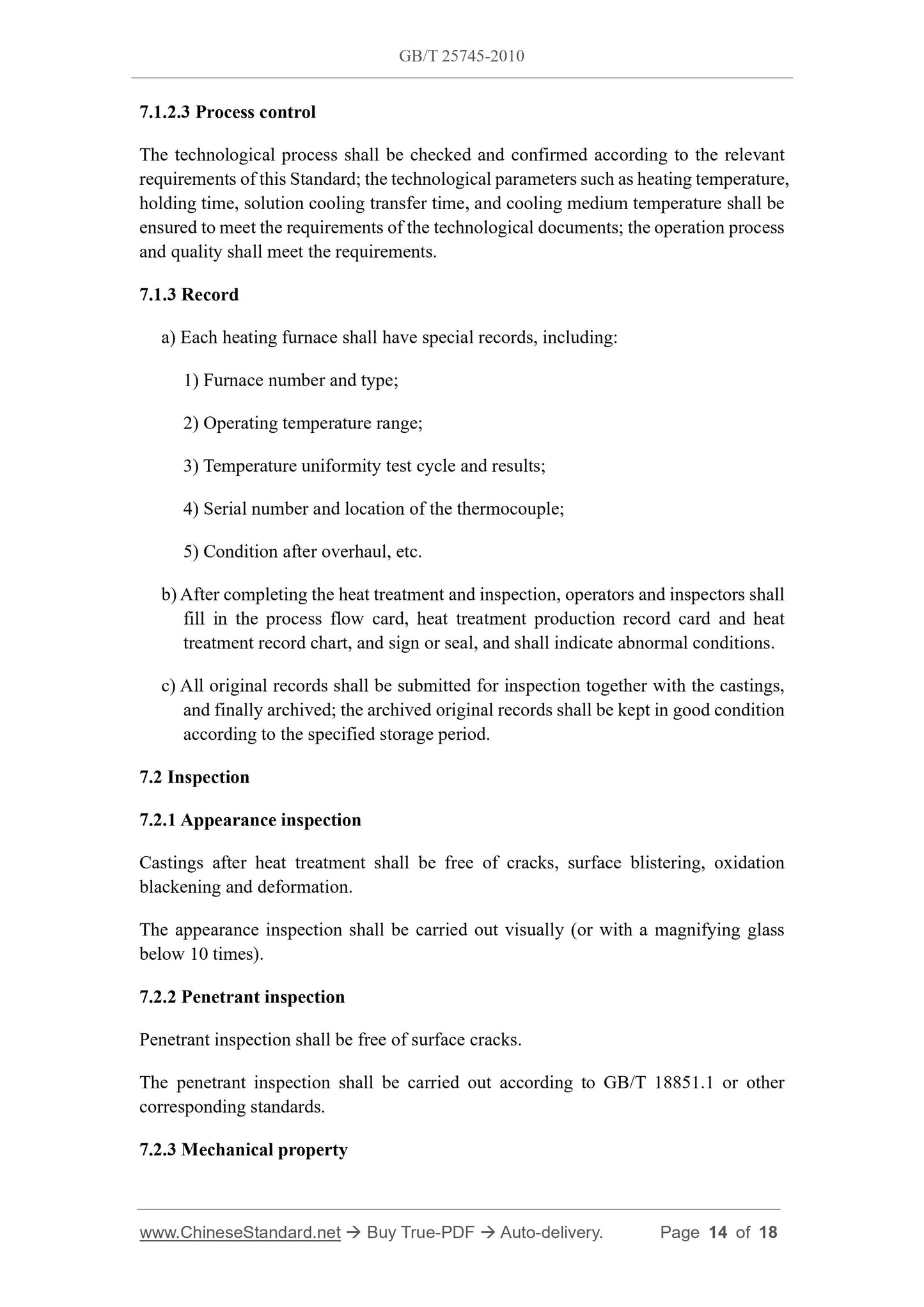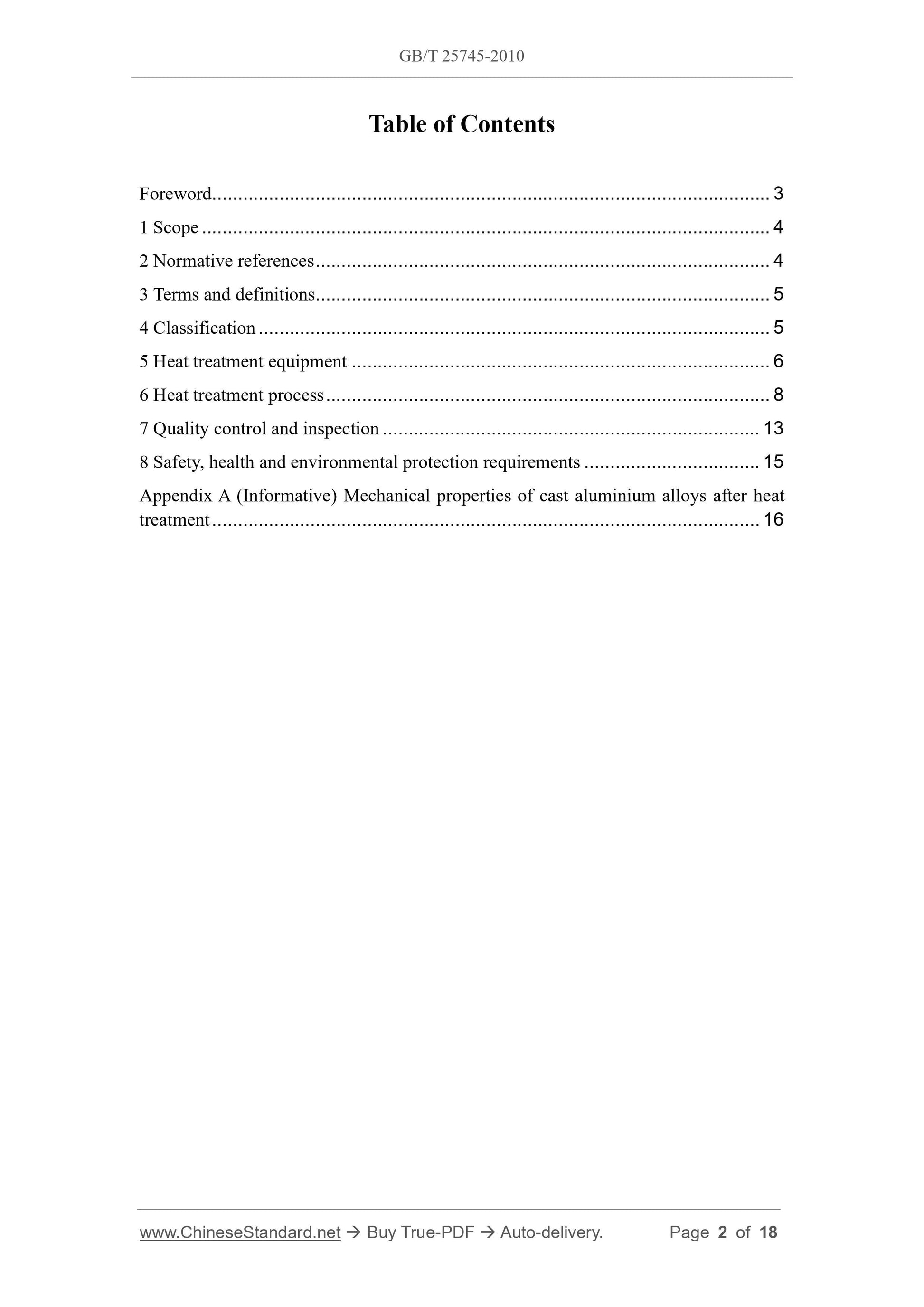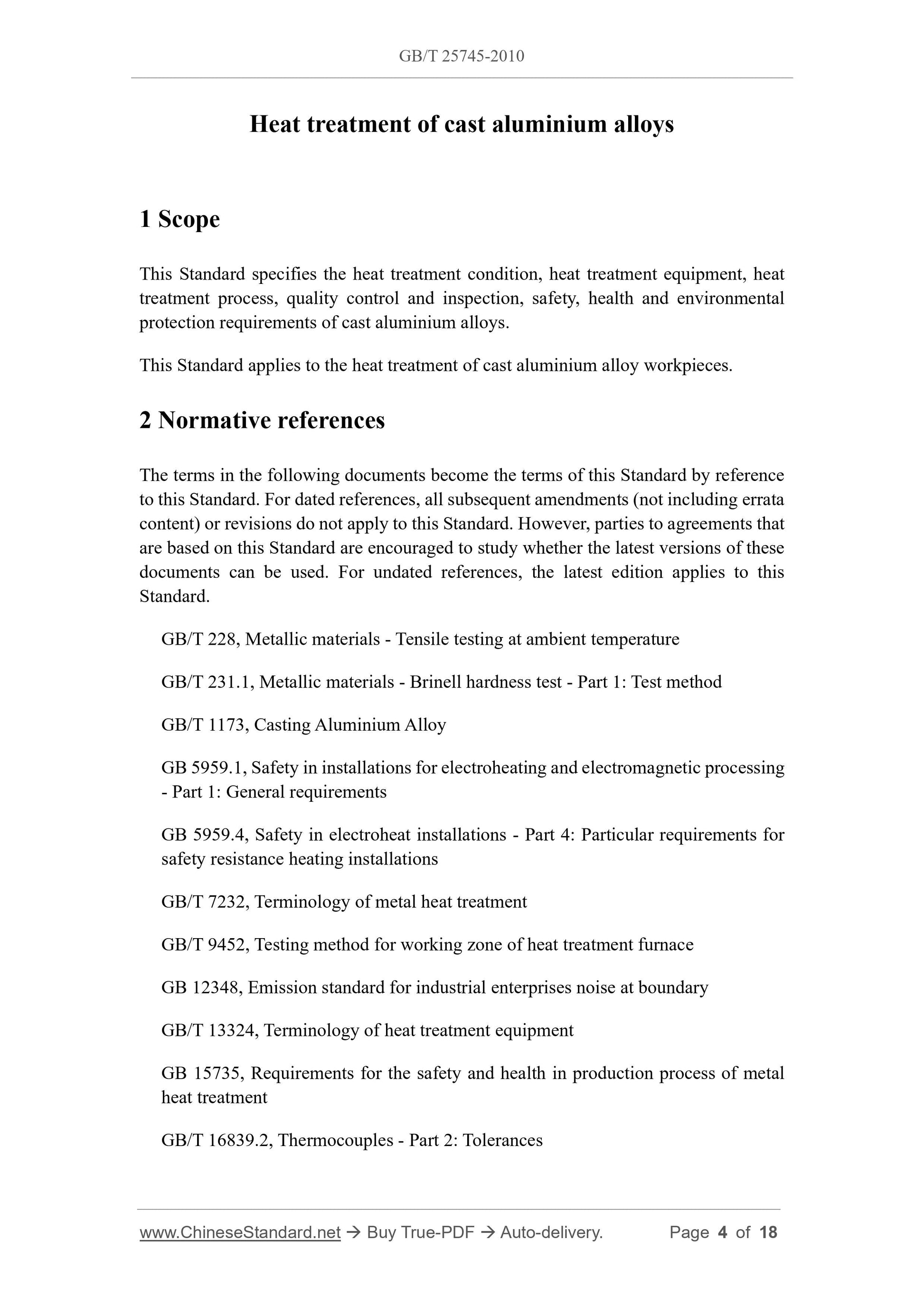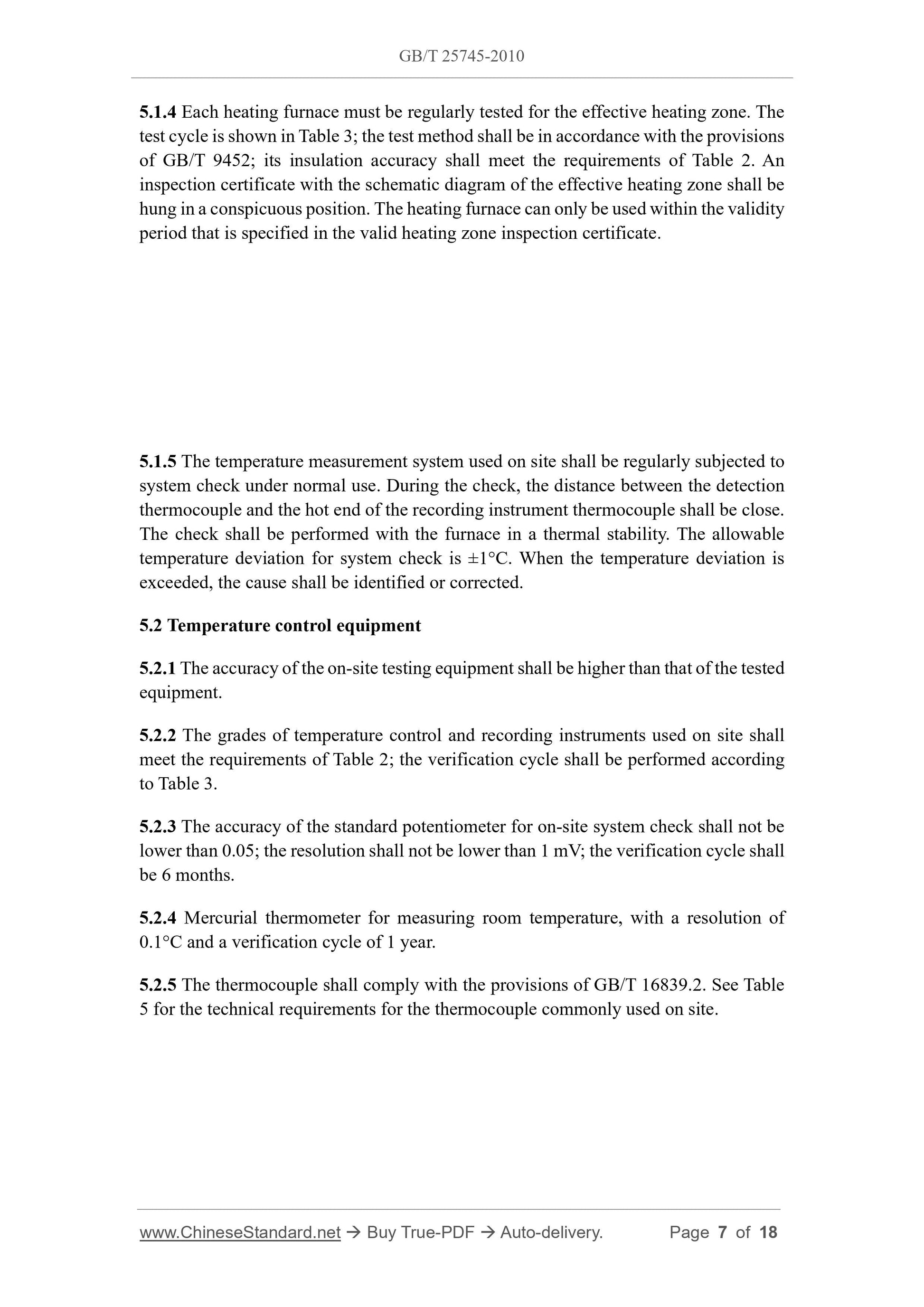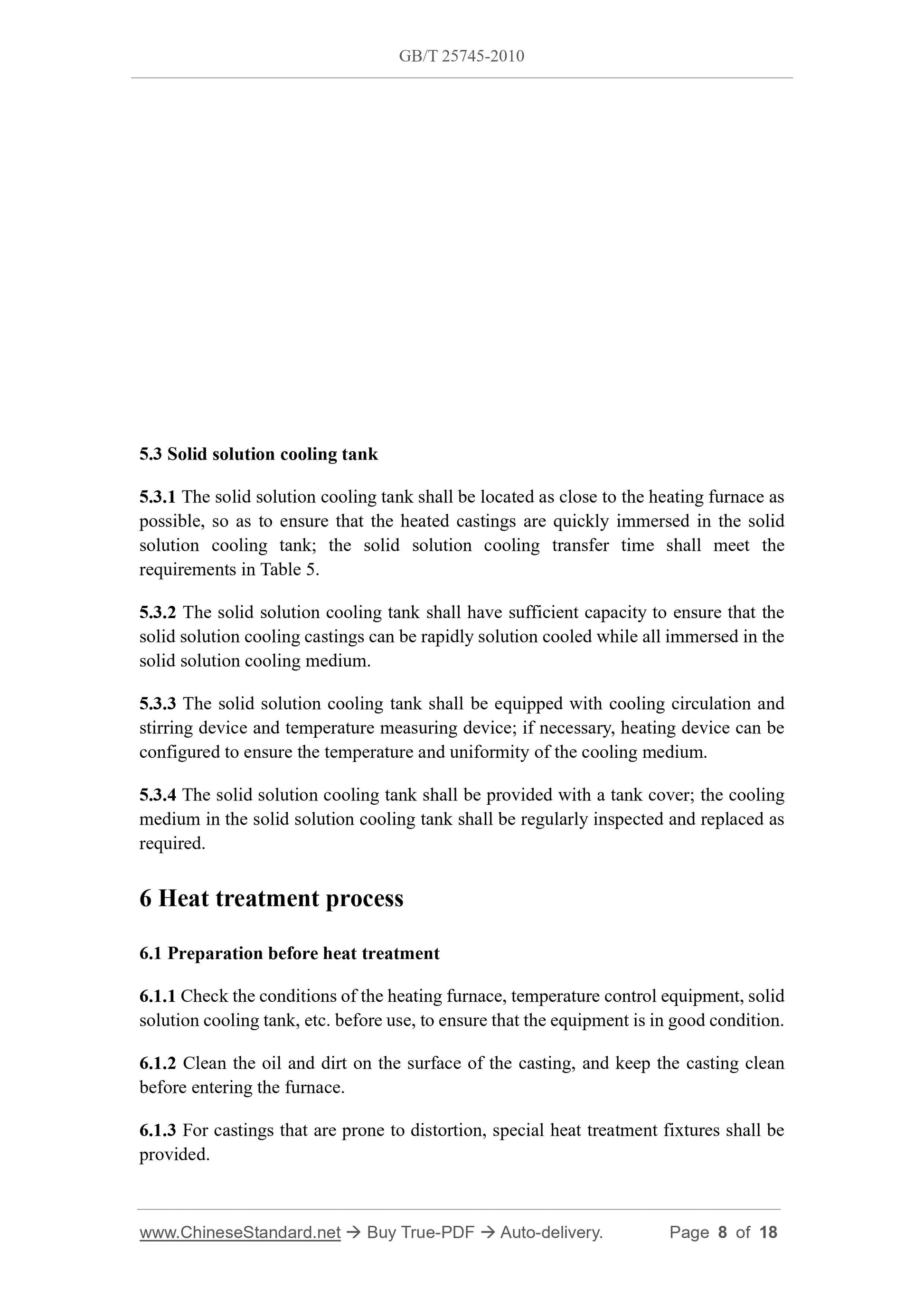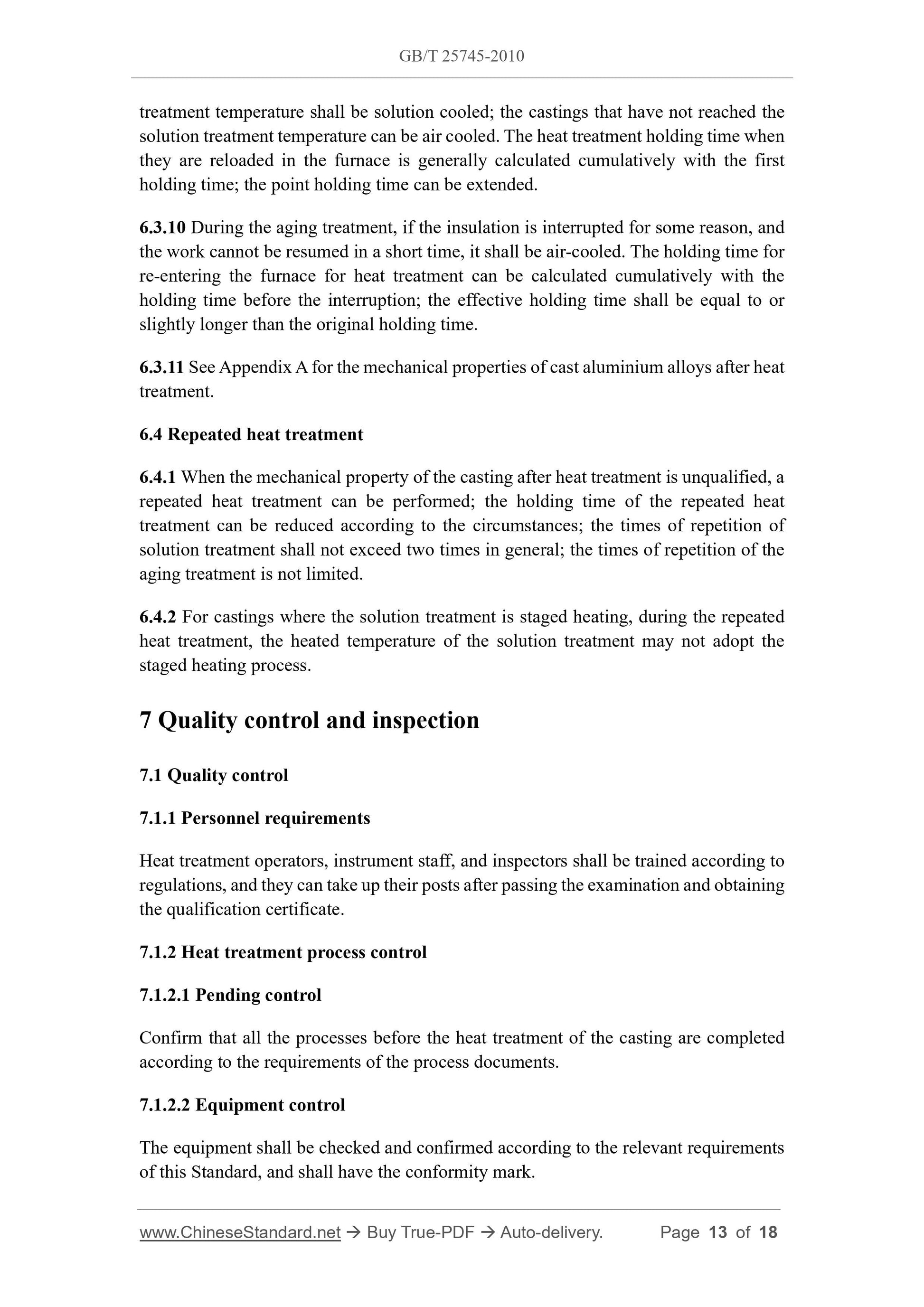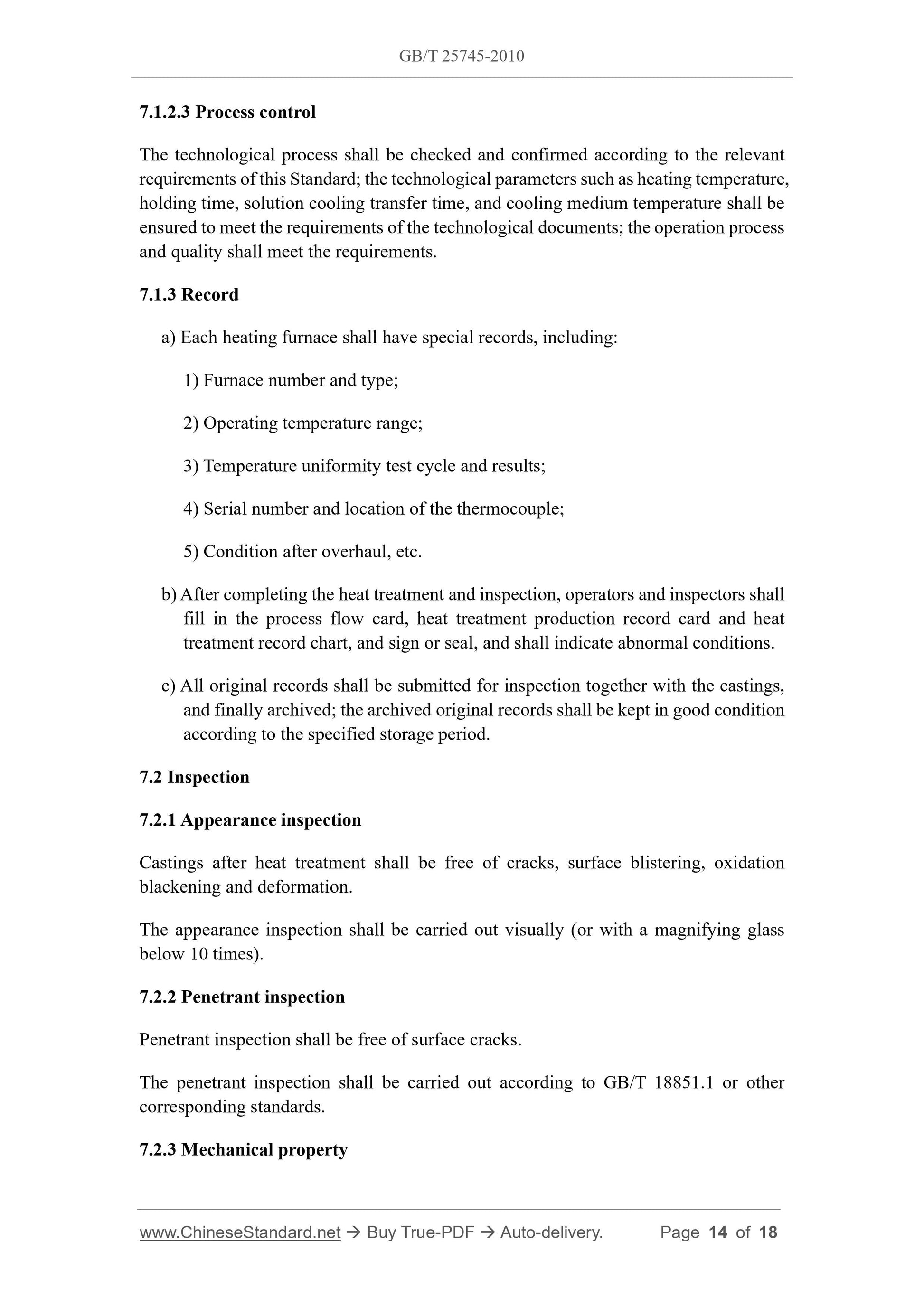1
/
of
7
www.ChineseStandard.us -- Field Test Asia Pte. Ltd.
GB/T 25745-2010 English PDF (GB/T25745-2010)
GB/T 25745-2010 English PDF (GB/T25745-2010)
Regular price
$220.00
Regular price
Sale price
$220.00
Unit price
/
per
Shipping calculated at checkout.
Couldn't load pickup availability
GB/T 25745-2010: Heat treatment of cast aluminium alloys
Delivery: 9 seconds. Download (and Email) true-PDF + Invoice.Get Quotation: Click GB/T 25745-2010 (Self-service in 1-minute)
Newer / historical versions: GB/T 25745-2010
Preview True-PDF
Scope
This Standard specifies the heat treatment condition, heat treatment equipment, heattreatment process, quality control and inspection, safety, health and environmental
protection requirements of cast aluminium alloys.
This Standard applies to the heat treatment of cast aluminium alloy workpieces.
Basic Data
| Standard ID | GB/T 25745-2010 (GB/T25745-2010) |
| Description (Translated English) | Heat treatment of cast aluminium alloys |
| Sector / Industry | National Standard (Recommended) |
| Classification of Chinese Standard | J36 |
| Classification of International Standard | 25.200 |
| Word Count Estimation | 14,123 |
| Date of Issue | 2010-12-23 |
| Date of Implementation | 2011-06-01 |
| Quoted Standard | GB/T 228; GB/T 231.1; GB/T 1173; GB 5959.1; GB 5959.4; GB/T 7232; GB/T 9452; GB 12348; GB/T 13324; GB 15735; GB/T 16839.2; GB/T 18851.1 |
| Regulation (derived from) | National Standard Approval Announcement 2010 No.10 (Total No.165) |
| Issuing agency(ies) | General Administration of Quality Supervision, Inspection and Quarantine of the People's Republic of China, Standardization Administration of the People's Republic of China |
| Summary | This standard specifies the cast aluminum heat treatment, treatment equipment, heat treatment process, quality control and inspection face, safety and health and environmental protection requirements. This standard applies to piece cast aluminum heat treatment. |
Share
